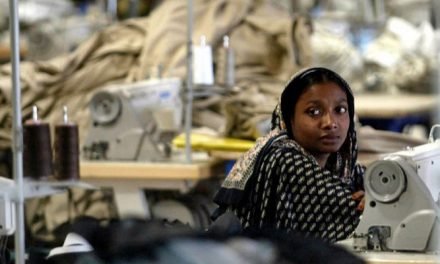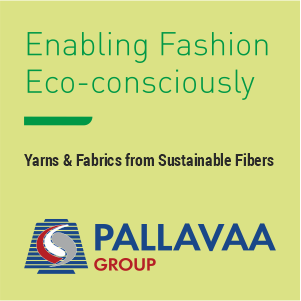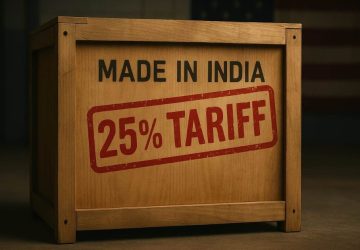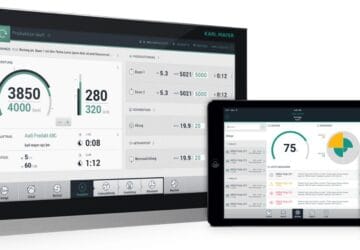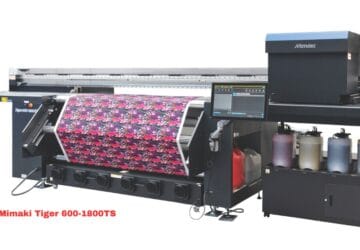
The textile industry is expected to recover this financial year after two years of contraction, driven by stable cotton prices, improving exports of readymade garments (RMG) and steady domestic demand. Revival of RMG exports augurs well for the small and medium enterprises (SMEs), which account for 80 per cent of the textile value chain.
In FY24, the SMEs were hit hard as a 25 per cent drop in cotton prices and weak RMG exports pulled down the industry revenue despite steady domestic demand. This financial year, while domestic demand for cotton yarn is expected to be a tad slower than last financial year, stable prices will support revenue growth. Export of cotton yarn, meanwhile, will decline as Chinese demand normalises.
The major traction for the industry will come from RMG exports, which is expected to grow 10-12 per cent this financial year, driven by restocking by western retailers and resilient discretionary demand in the US and EU.
Domestic demand for RMG on the other hand is expected to hold steady and grow at 3-4 per cent, aided by recovery in the second half. However, on the pricing front muted growth is expected as domestic garment prices are likely to remain flat or rise marginally by 1 per cent .
On the supply side, domestic cotton prices are witnessing marginal upward pressure owing to a decline in production, stable consumption and increase in minimum support price. International prices, on the other hand are seeing downward pressure because of an increase in global production.
Hence, domestic cotton prices are trading at a slight premium to international prices, even though compared to last financial year they are relatively rangebound. Export-oriented RMG clusters such as Tirupur, Bengaluru and Gurugram are likely to see sharper revenue growth, given revival of RMG exports.
In contrast, clusters that cater to domestic markets, such as Kolkata, Kanchipuram and Ludhiana, are likely to experience slower growth. Profitability of textile players is also expected to rebound this fiscal driven by stable cotton prices.
In the medium term, RMG sector is poised to grow, supported by free trade agreements with key markets such as Australia and the UAE, establishment of PM Mega Integrated Textile Regions and Apparel Parks and incentive schemes such as Production Linked Incentive and Rebate of State and Central Taxes and Levies, which will enhance domestic manufacturing and exports.


